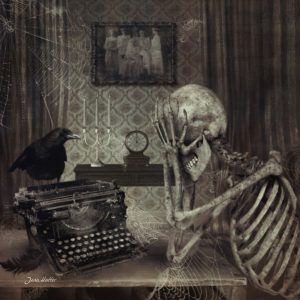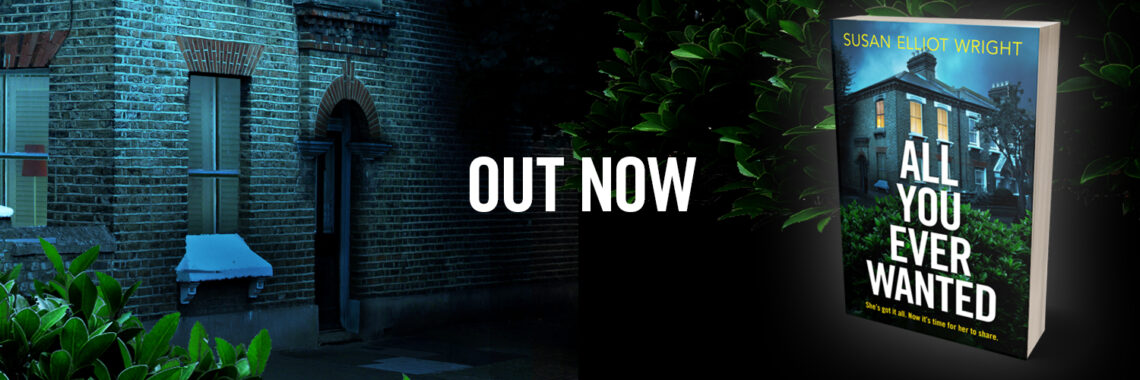I just had to include this image of writer’s block, partly because it sums up how long It seems to be taking me to come up with a new idea, but also because of the crow.

Some of you will know that crows feature quite heavily in my new novel, and you may remember me introducing ‘Crow’ (below – he’s not real, by the way, apart from his feathers). He was a rather unusual present from my husband, who only yesterday suggested (tongue firmly in cheek, I should add) that maybe my writing problems had started when Crow arrived in our house. I know crows are often thought to be harbingers of doom, but I’m convinced that Crow is my friend, and that he definitely isn’t putting the mockers on my writing. He definitely, definitely isn’t …

Anyhoo, I set out to write a blog post and it turned into a fecking essay, so I’m going to publish it in five parts throughout this week. Here’s part one:
Is writer’s block even real?
If you Google ‘writer’s block’, you’ll find the majority of articles and posts fall into one of two categories:
1. Claims that writers’ block doesn’t exist
2. Advice on how to overcome writers’ block ‘with these simple tricks’ (or whatever)
I should lay my cards on the table right away and declare that I’ve concluded that it does exist, and also that I’m afraid I haven’t found a simple cure, but I think I now know the difference between being ‘stuck’, for which I do have some advice – and proper, full-on, writers’ block, for which I don’t. This series of posts is about how I came to that conclusion and what I’m doing about it.
I’d hoped that by now, the mists would have cleared and I’d be writing a cheery little piece about how I dragged myself out of the worst period of not writing that I’ve ever experienced. Sadly, I’m not out of it yet, but I’m starting to feel more positive, and even writing this has been a big step forward. I hope it might help anyone else who’s going through something similar.
Is It normal to get ‘stuck’?
With the exception of The Flight of Cornelia Blackwood, there has been a point with each of my novels at which I’ve been stuck. I also got halfway through another book but got so stuck that I ended up putting it aside indefinitely. My agent calls that one ‘book three and a half’ because I wrote it between books three and four. But was that writer’s block? Or was it that I hadn’t thought the story through properly?
I’m not necessarily suggesting it should have been planned in detail – though that’s probably the best way of avoiding this problem – but it was the first book I’d set out to write without having the faintest idea how it might end, and the experience taught me a lesson: If you know nothing else before you start, at least know roughly where you’re heading. It’s a lesson I foolishly ignored this time. I won’t be doing that again!
A glitch, not a block
Being stuck on your work in progress is horrible, and if you’re not a natural planner – and I’m not – I’d say getting stuck on the first draft is par for the course. I’ve posted before about how I’ve sometimes felt sick with trepidation when thinking about my WIP, but I still don’t think it was true writers’ block. Each time, I had a rough idea where I was going, and the problem was how to get there, either in terms of the story itself or in terms of the way I was approaching it. It was a case of finding a technical solution to a technical problem. Each problem was different, so each solution was different, too, and I’ll talk about these in part two tomorrow.
In part three, I’ll explain why I think I didn’t get stuck on the writing of Cornelia Blackwood – you can read more about the writing of what I call the ‘zero draft’ of that book here: https://susanelliotwright.co.uk/2016/12/20/the-writing-life-hurrah-great-feedback-on-the-zero-draft/ I’ll also talk about what happened after I’d delivered the manuscript and started to think about the next book.
Hope you’ll pop back tomorrow!


